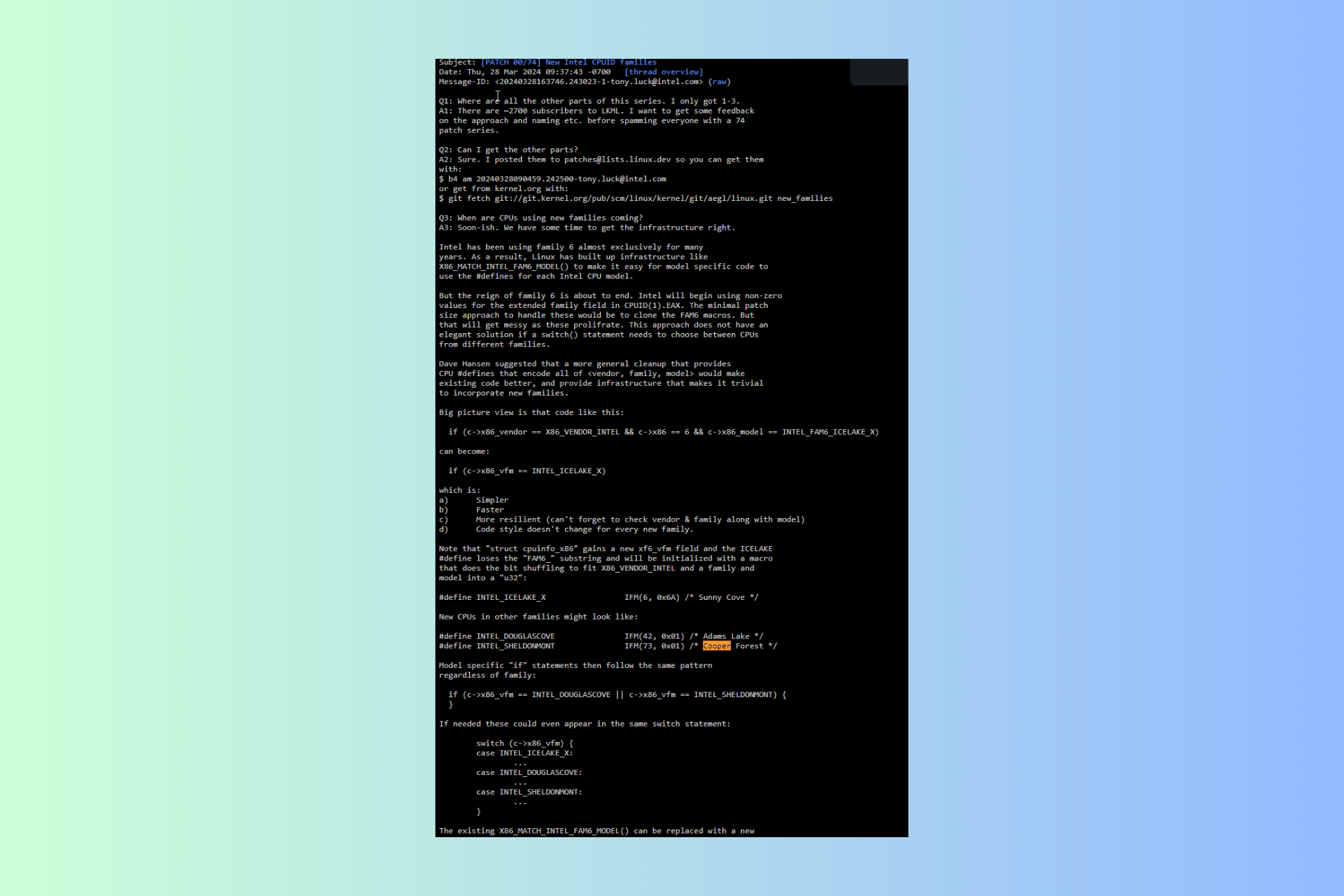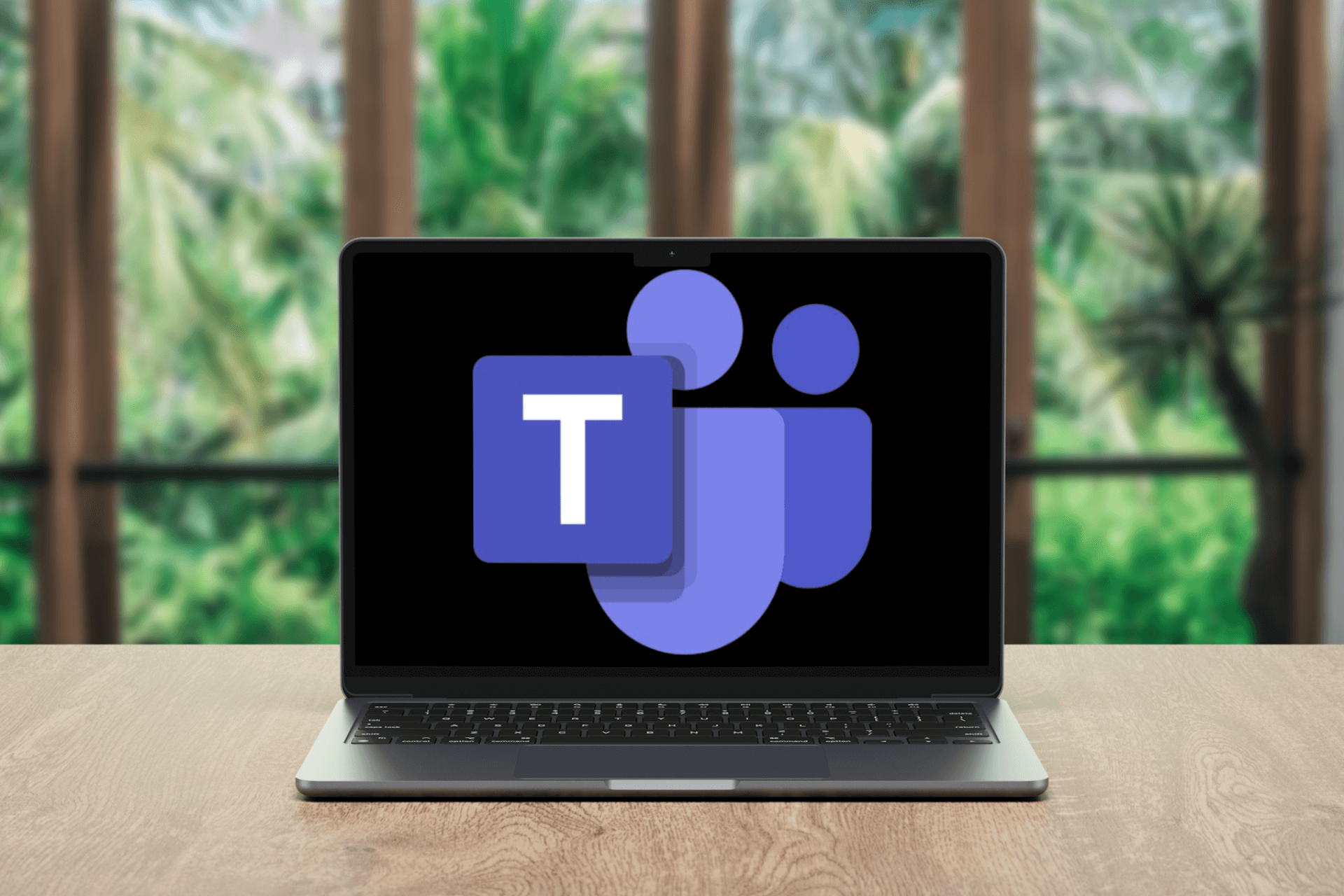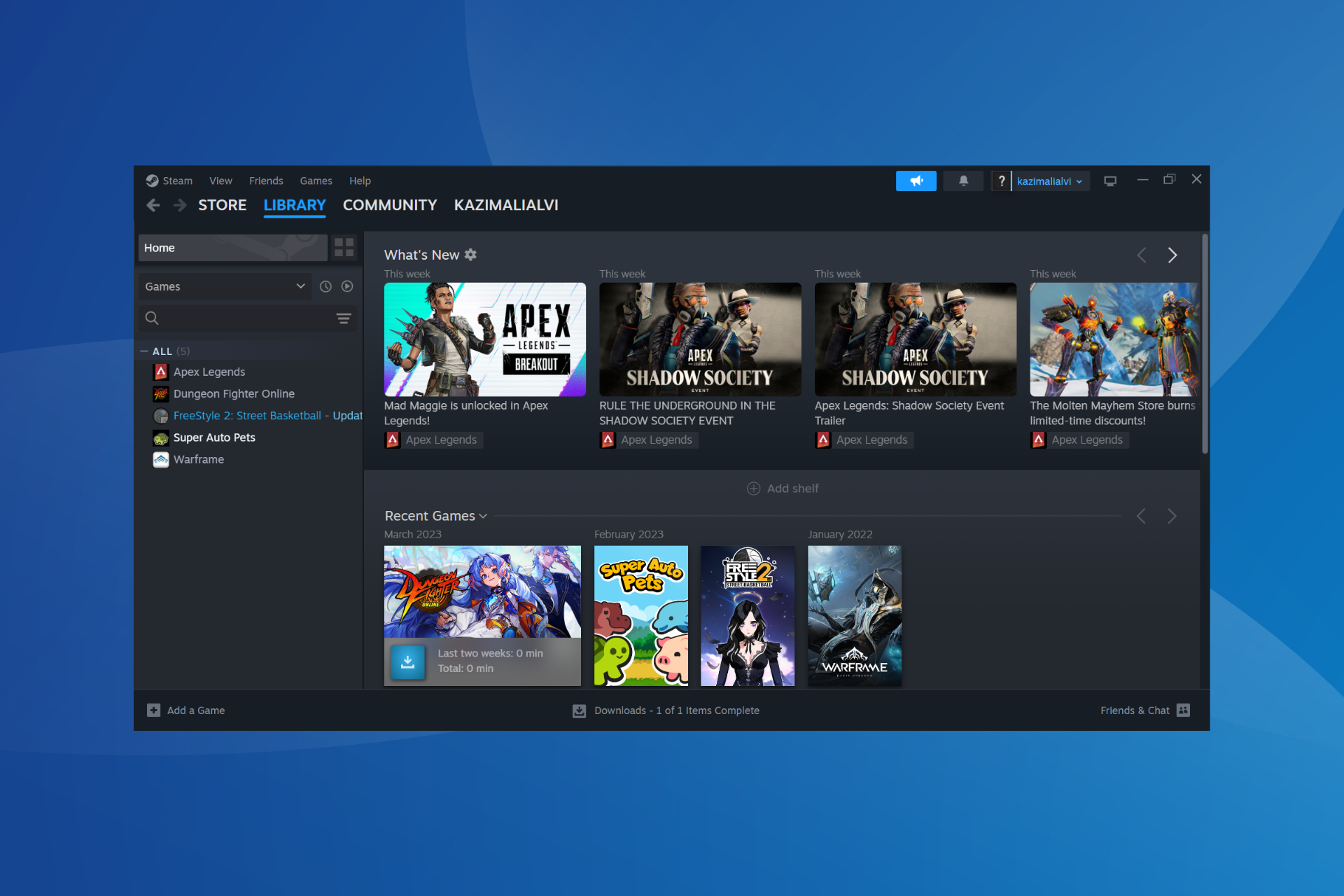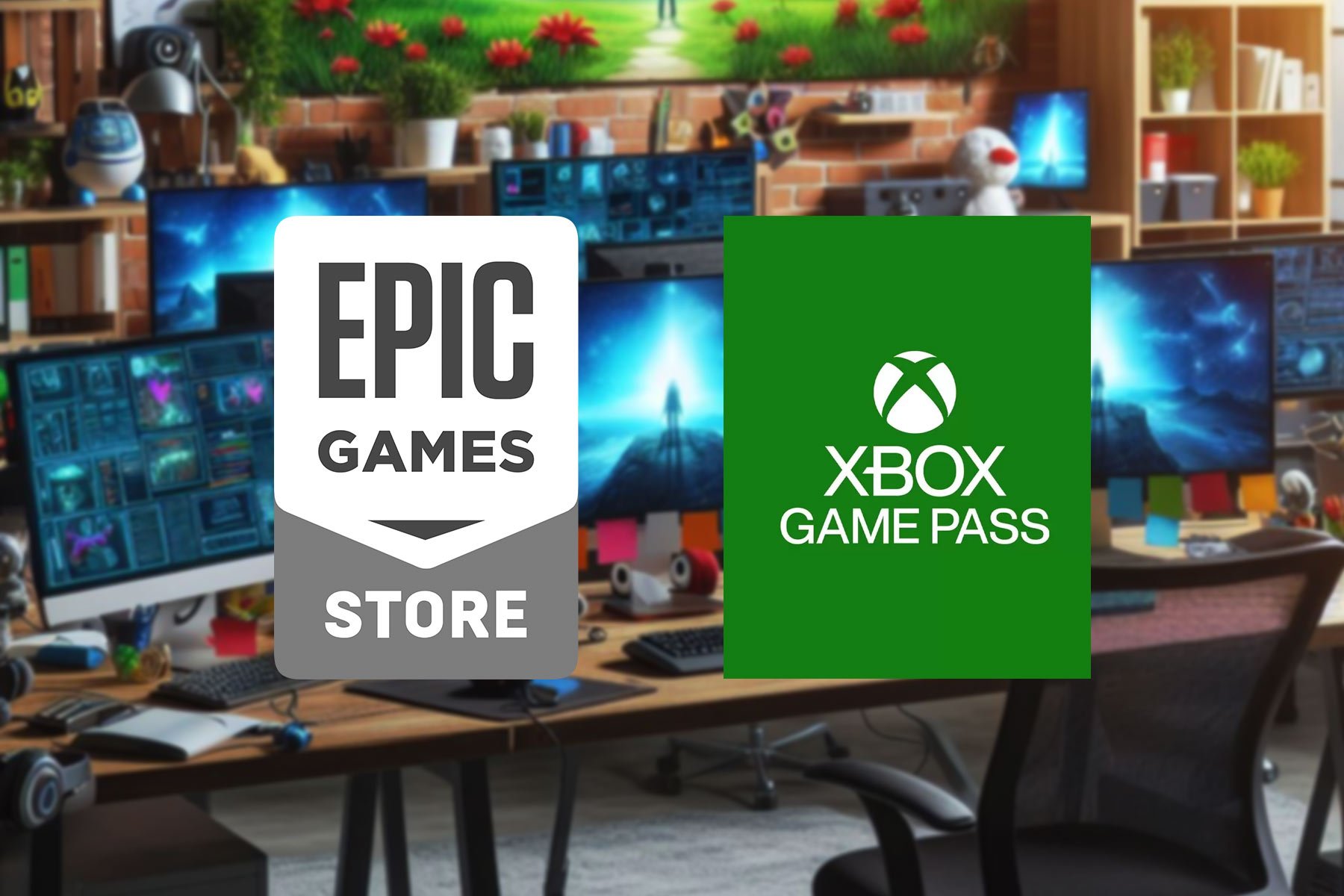Microsoft testing widget-like info cards on Windows 11 lock screens
Even more Widgets to come
2 min. read
Published on
Read the affiliate disclosure page to find out how can you help Windows Report effortlessly and without spending any money. Read more

Microsoft is expanding its exploration of real-time info embedded on Windows-powered device lock screens as it begins testing the new functionality on Windows 11 PCs with the latest Release Preview build.
Last week, Microsoft’s Windows team began reimplementing Windows 10 era functionality as it brought back finance, sports, and traffic info to the Lock Screen.
With the release of the latest Windows 11 Release Preview build, Insiders are also beginning to see similar Lock Screen info widgets appear at the bottom of their displays.
While its something Microsoft had already experimented with during the height of Windows 10 support, the latest Windows 10 Preview Channel has brought back Lock Screen widgets, but this time around they’re getting a bit of Windows 11 UI treatment with larger and more prominent screen real estate than their simplistic icon and number count predecessors.
The new info-widgets are identical in style to the Weather widget Microsoft introduced to Windows 11 Lock Screens earlier this year, and rest at the bottom of the screen as well.
However, for users who may be annoyed or simply want to keep their Lock Screens as clutter-free as possible, there are ways to revert to the spartan Windows 10 or 11 display.
Users can head to the Start icon, select Setting, then Personalization followed by Lock Screen to change options.
With Microsoft testing this additional functionality in Release Preview Rings, it’s almost certain that it will be included as part the larger AI-focused Windows 11 release scheduled for later this Fall.
The only outstanding question will be if Microsoft offers more customization than it did with Windows 10, which arguably led to a lack of use and the Windows team ultimately shelving development the first time around.








